Body-worn cameras are quietly taking over London
- Text by Will Grimond
- Photography by Aiyush Pachnanda

In April 2020, police officers raided the house of 62-year-old Millard Scott searching for someone else connected with the property. A mere 35 seconds after police entered his home, Millard lay incapacitated at the bottom of his staircase, having been hit with a police taser. A video of the incident – shared by his son, rapper Wretch-32 – led to widespread condemnation on social media. A month later, the Metropolitan Police said that “no indication of misconduct was identified in relation to any other officer”. The Met also confirmed to Huck that no officers have faced disciplinary action over the incident.
The footage shared by Wretch-32 was captured on one of the Axon body cameras operated by the Met – a form of technology purporting to improve policing and hold the police accountable for their actions. The case of Millard Scott shows both the promise and failure of body-worn cameras: without the footage, we might not have known about the incident, but having a camera switched on did not stop a 62-year-old from being tasered, or provide justice for Millard and his family afterward.
Body-worn cameras have been touted as a quick win in fighting crime and tackling police wrongdoing. The chest-level view of these cameras, which often carry microphones, present a more personal, intimate, and detailed view of their targets than traditional CCTV. Typically, footage from body-worn cameras is seen in news bulletins or on low-budget daytime police documentaries.
Quietly, these cameras have become the norm across London. A Freedom of Information (FoI) request obtained by Huck in September 2021 shows that the Metropolitan Police have 26,500 of these cameras in operation, having first introduced them in 2016. This is the equivalent to putting cameras on the uniforms of 80 per cent of the 33,000 serving police officers in London.
A separate FoI obtained by Huck in August 2021 revealed that, since a trial in 2020, Transport for London (TfL) has also introduced over 4,500 of them to their network at a cost of £4.6m. A range of TfL staff have been issued with these cameras, generally those involved with enforcing transport fares and responding to incidents on the network. TfL told Huck that 6,000 of their staff have access to body-worn video. They have been introduced to help tackle workplace abuse for the network’s staff, but can also be used to provide evidence in police cases.
Supporters of body-worn cameras have argued that alongside deterring crime, they can improve accountability and transparency. First-person camera footage can provide irrefutable evidence of police misconduct or racism and better offer justice for victims. Mayor of London Sadiq Khan has previously made this case, and Home Secretary Priti Patel has supported the use of body-worn cameras “to counter highly selective, and misleading, video clips uploaded onto social media [by the public]’’ that portray the police in a bad light.
This is a view shared by the Police Federation, a staff association for police officers. A spokesperson for the organisation said: “Selective clips of policing interactions filmed by members of the public and posted across social media are a growing issue as they risk damaging public confidence in the service.” They added that body-worn cameras “are one of the best introductions into policing in the past 10 years”, making officers feel safer and reducing false claims against them.
Police forces see themselves as caught in a form of information warfare with the public, and body-camera footage have become essential to countering what they see as false narratives or misinformation. But for those interacting with the police, this does not amount to full transparency: in the UK, police officers do not have to release body-camera footage by default – a policy they have justified with privacy laws. Those filmed can request any footage that has been taken on them via a ‘subject access request’, but the police do not need permission to start recording in the first place.
In 2020, an internal memo was leaked in which senior figures in the Met warned that sharing footage by default could exacerbate “trial by social media” for police officers, indicating that public image, rather than transparency, may be more of a driving force in adopting this tech. Police social-media feeds are awash with glossy videos of staff carrying out community work, or on-the-ground footage of officers apprehending criminals, and there is, for obvious reasons, little incentive to post footage of police wrongdoing, or of the more mundane parts of police work. Body-worn cameras can be as much a source of cop-friendly content as they are tools for transparency.
Critics of these cameras say that they provide yet another way of monitoring minority communities, contributing to a philosophy of policing based around surveillance and punishment. The Met have previously used events such as Notting Hill Carnival as a testing ground for facial recognition technology, and in Birmingham, police have installed CCTV to keep tabs on Muslim communities as a counter-terrorism measure. This style of policing could take focus and resources away from more constructive, community-based approaches.
“Communities of colour, and Black people in particular, already face overbearing and discriminatory policing,” says Emmanuelle Andrews, a policy and campaigns manager at the campaign group Liberty. She adds: “While body-worn video is allegedly used to help hold police to account, the evidence does not show that police-controlled technology is effective for police accountability.”
According to Andrews, this technology “often exacerbates discrimination, and violates people’s right to privacy, data protection, and freedom of expression”. Body-worn cameras are frequently used to document stop-and-searches, a practice disproportionately carried out against people of colour, with Black people at least eight times as likely to be stopped as their white counterparts.
Liberty are especially concerned about the possibility of body-worn cameras being used which carry facial recognition – tech which has been criticised for carrying inherent biases toward minority groups, or for being rolled out without the full consent or knowledge of those policed by it. In July 2021, South Wales police announced they were trialling hand-held facial recognition in the form of an app which could identify suspects on the spot.
The Met told Huck that their body-worn cameras don’t use facial recognition, although the force has staunchly defended its use of live facial recognition in other areas. Footage from body-worn cameras can already be analysed using retrospective facial-recognition technology – another flashy toy the Met have been investing in.
Katrina Ffrench, director of the advocacy group UNJUST, which specialises in challenging racial discrimination in policing, isn’t convinced that body-worn video can be a force for good. This is due to a lack of information available to the public, and robust scrutiny of the videos they produce. “Often people are not aware that they can request the footage, and therefore they do not,” says Ffrench. There are also operational issues with how these cameras are used: “Officers may not start recording at the appropriate time, or [do not] leave them on until the end of the encounter.” Crucially, they are not designed to moderate police behaviour: as Ffrench points out, these cameras face the public, and not the officers using them.
The widely publicised Sewell Report, released in March 2021 in direct response to the Black Lives Matter protests, recommended that cameras be switched on prior to any attempted stop and search in order to counter ethnic disparity in the practice. But this risks missing the point: filming incidents alone will not correct the imbalance in the number of people actually stopped by police.
The Met told Huck that body-worn footage can “enrich the qualitative detail of incidents to support the criminal justice process and provide an independent account”. They said they have consulted widely on their use, but didn’t respond directly to Huck’s question as to the impacts these cameras have had on relations between the police and minority communities.
Among academics, the jury is still out on whether body-cameras are at all effective as crime-fighting tools. Aside from concerns about bias and over-surveillance, there is a more basic question to be asked about whether these cameras are a good use of police resources. A 2019 literature review of 70 studies on the use of body-worn cameras found that their use hasn’t had a significant effect on officer behaviour, or on how citizens view the police. The UK-based College of Policing has also found that evidence on improved accountability, and whether these cameras are good value for money, is inconclusive.
Huck’s FoI requests showed that TfL logged just 444 incidents in a year, casting doubt over whether this justifies the £4.6m spent on these cameras. TfL told Huck that this number may have been higher in a ‘normal’ year, with a 69 per cent drop in crime across their services as a result of less people travelling during the pandemic.
Effective or not, body-worn cameras are here to stay on London’s streets. They have become a staple on the uniforms of police officers all over the UK, and are increasingly being used in more ‘civilian’ contexts. And, given the compounding impact body cams have had on injustice and disparities in policing already faced by minority groups, this should sound an alarm.
Follow Will Grimond on Twitter.
Enjoyed this article? Like Huck on Facebook or follow us on Twitter and Instagram.
Latest on Huck
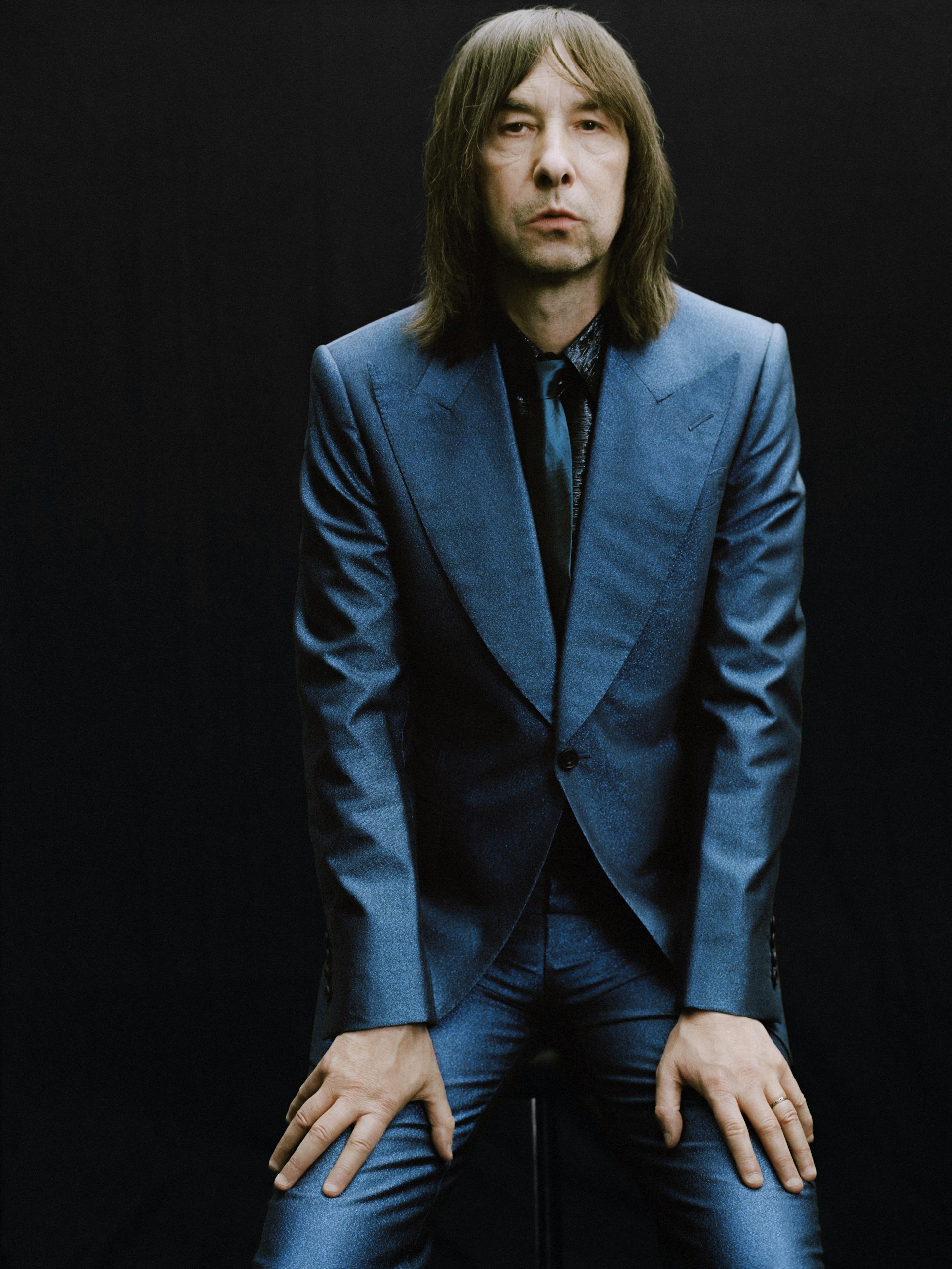
Bobby Gillespie: “This country is poisoned by class”
Primal Scream’s legendary lead singer writes about the band’s latest album ‘Come Ahead’ and the themes of class, conflict and compassion that run throughout it.
Written by: Bobby Gillespie

Vibrant photos of New York’s Downtown performance scene
‘Balloons and Feathers’ is an eclectic collection of images documenting the scene for over two decades.
Written by: Miss Rosen
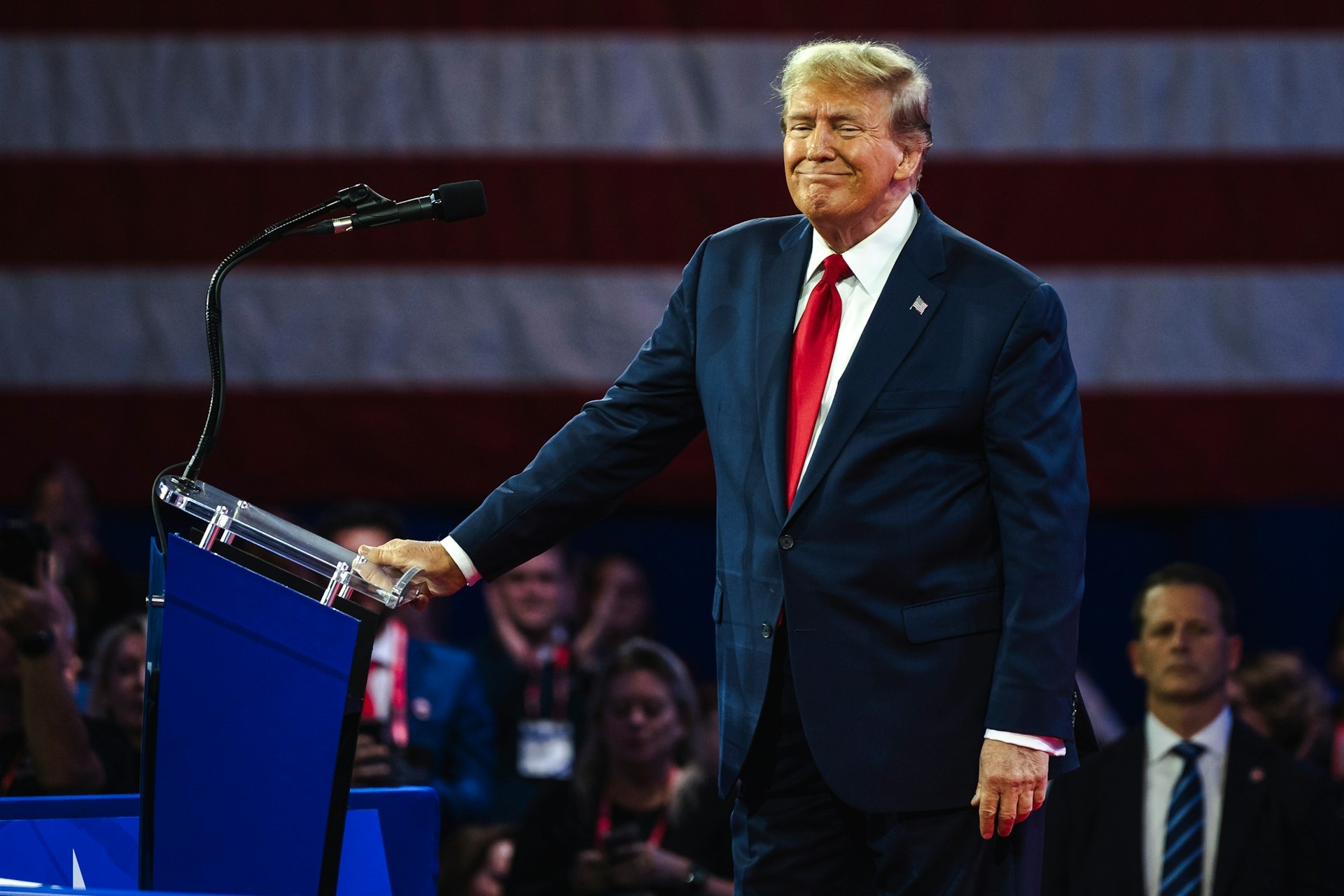
Picking through the rubble: Glimpses of hope in the US election results
Clambering through the wreckage of the Harris campaign, delving deeper into the election results and building on the networks that already exist, all hope is not gone writes Ben Smoke.
Written by: Ben Smoke
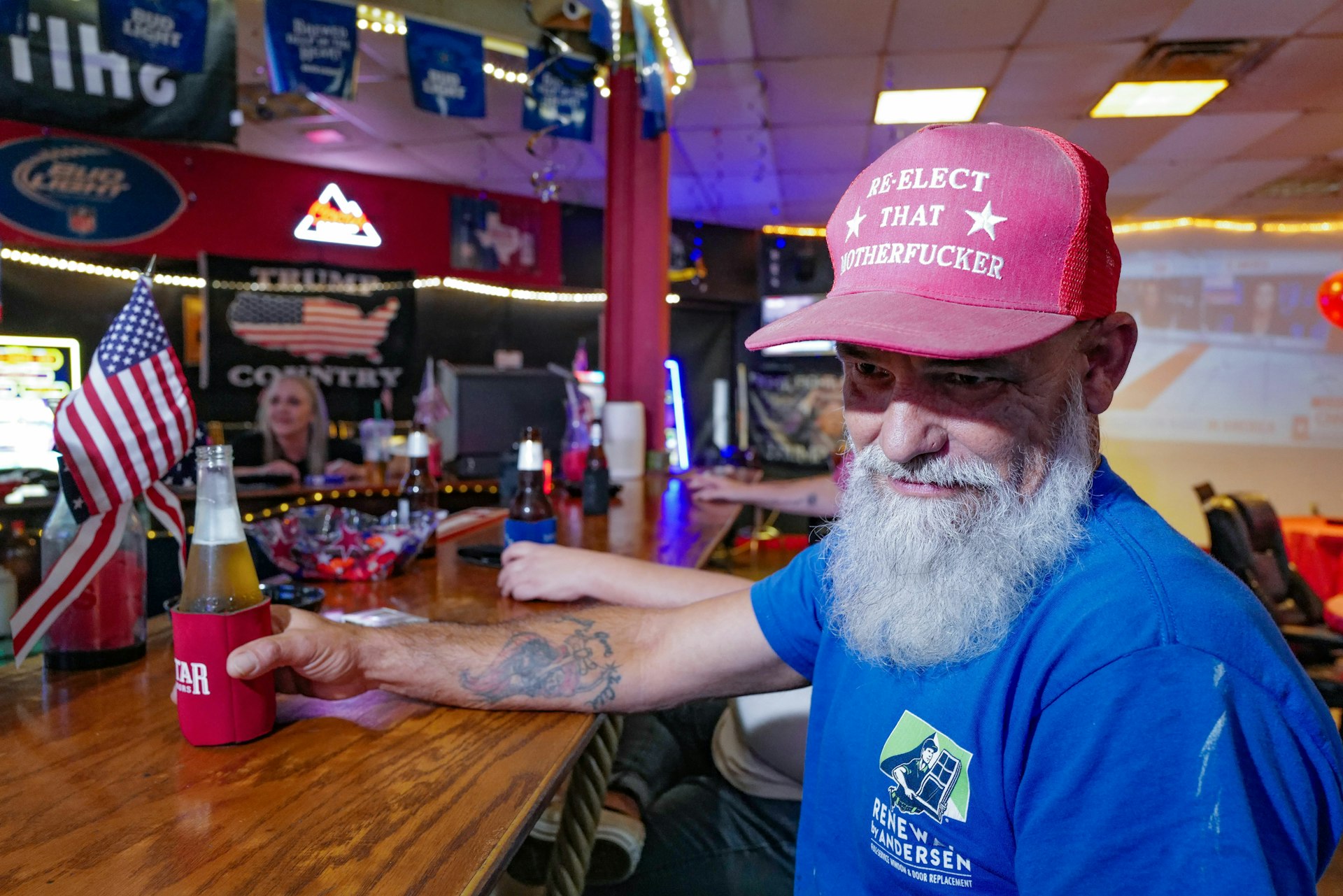
US Election night 2024 in Texas
Photographer Tom “TBow” Bowden travelled to Republican and Democratic watch parties around Houston, capturing their contrasting energies as results began to flow in.
Written by: Isaac Muk
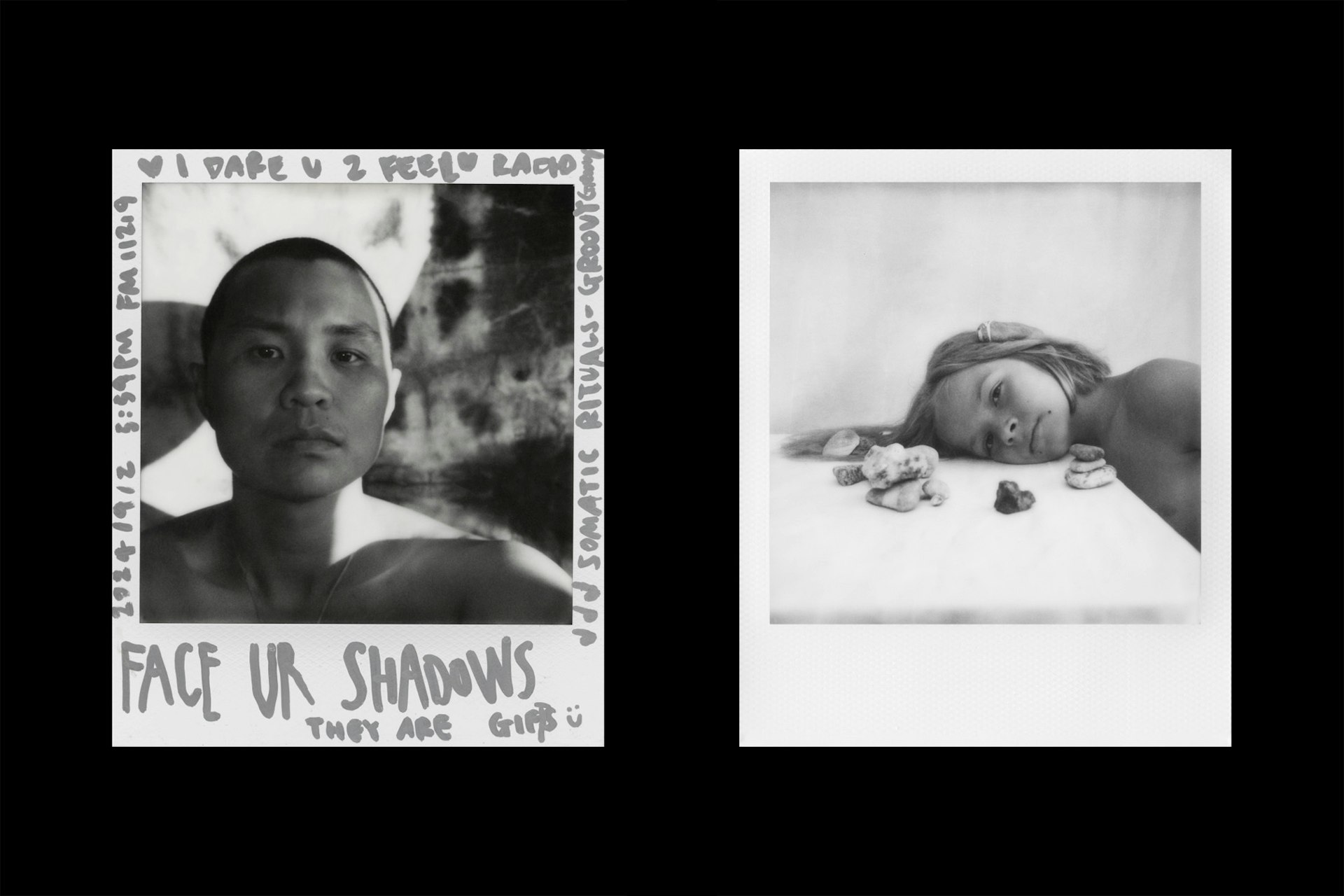
In photos: “Real life is not black and white” – Polaroid x Magnum Open Call winners
See pictures from the competition organised by two titans of contemporary photography, which called upon artists to reject the digitalisation and over-perfectionism of our modern world, technology and image-making.
Written by: Huck
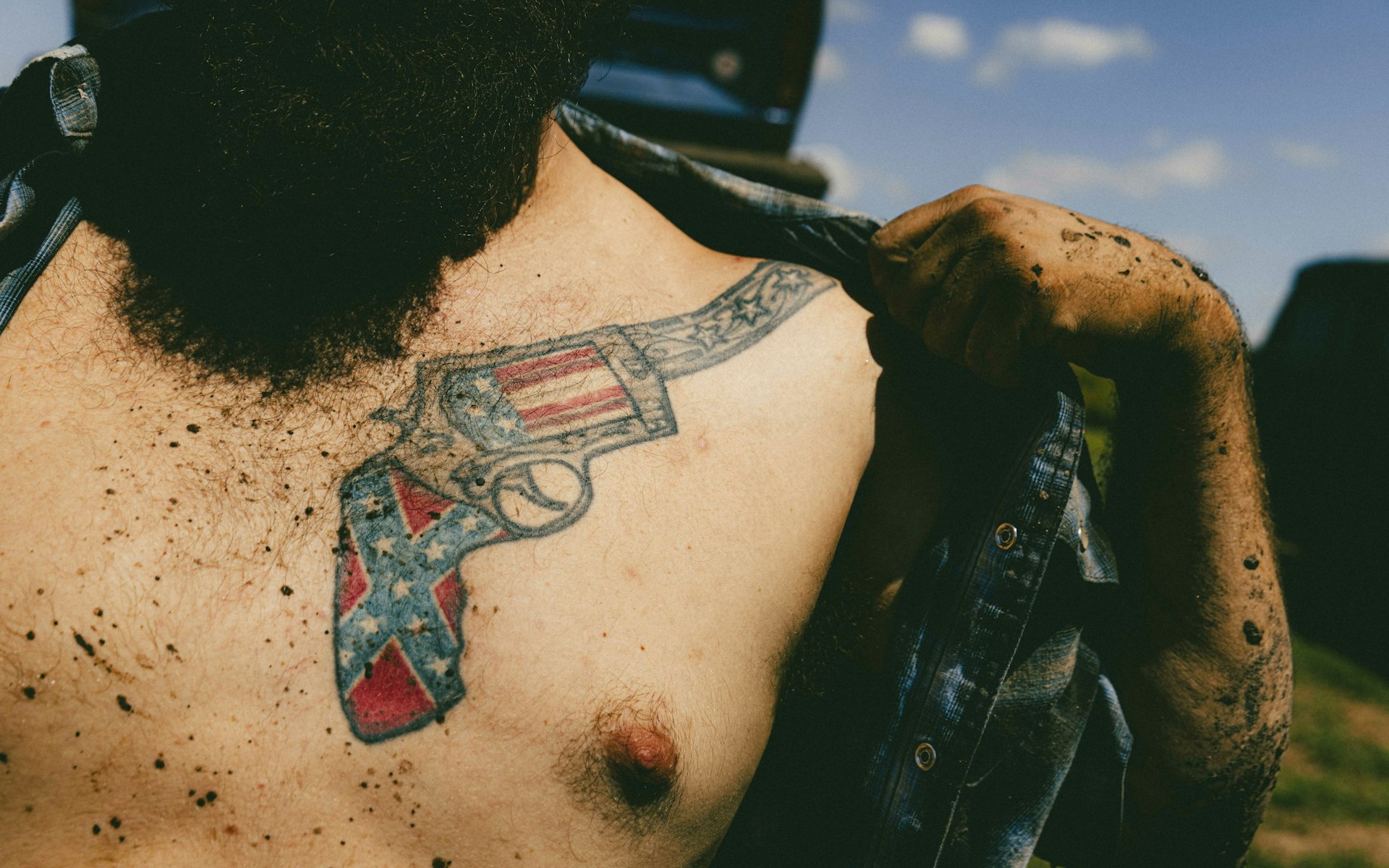
In photos: Rednecks with Paychecks
‘American Diesel’ is a new photo series that looks at the people, places and culture behind the stereotypes of rural America.
Written by: Ben Smoke